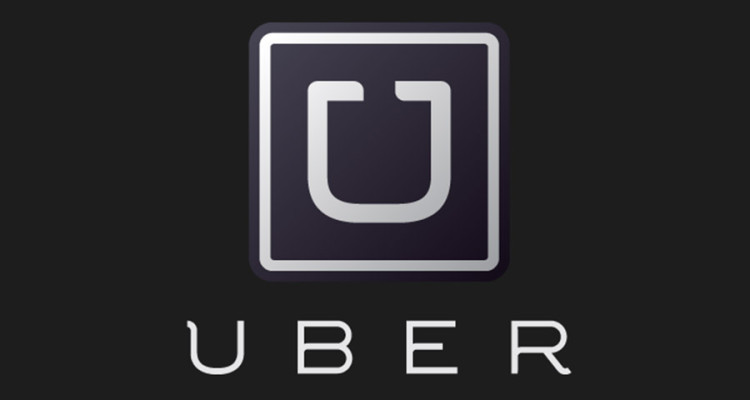Contents
Uber Cool, Uber Fast
As a Chicagoan, one of the worst experiences in the city one can have is arriving at Midway, on the heels of a long-delayed flight, to realize that the Orange Line is no longer running. What this means for any downtown-bound traveler is either an interesting and lengthy bus ride through some of the more colorful neighborhoods on the Southwest side, an extended sleep in the airport, or a premium fee paid to a downtown company to come pick you up. None of these outcomes are enjoyable, especially if you just got home from an 18-hour travel trip.
Another Great Start-up From San Francisco
Into this void, first in San Francisco (a start-up business from San Francisco, what a surprise huh?) and now in cities spreading across the country, stepped Uber (commonly referred to as Uber Cab, although the company currently only has trademarked the Uber name).
Mobile App Business
As a mobile app-based service that connects customers with waiting and available Uber taxis (a combination of towncars, vans, and other vehicles), Uber touts itself both for its ability to enable customers to geo-locate a nearby cab (so when that guy tells you it’s gonna take $50 for him to get out to Midway, and you see he’s around the corner, you have a nice leg to fall back on) as well as the competitive prices it can offer riders via rewards programs and cab-sharing options.
Imagine the Possibilities
While most people associate cabs with a night out at the bars, the demand for the service emerged not only from bar customers, but from the emerging and growing population of lower-income citizens left without money or means to use cars.
The startup’s focus is not based solely on finding people rides with their own fleet. In fact, as recently as summer of 2012, Uber tested booking conventional cab rides through their system as well, offering a massive, potentially new market for contracting with existing cab companies as a servicer and network provider to ensure bookings.
On a slightly more whimsical note, with the company’s expansion to London, Uber also introduced Uber Ice Cream, which allows you the ability to summon one of the company’s ice cream trucks to your location. A novelty for sure, but that’s the kind of innovative thinking that draws media and social attention to your brand.
As a city-dweller, I can tell you from experience that you’ll never know when and where the need for a cab will arise; and in a city like Chicago, which features a real estate and commercial market segregated glaringly by money, there are whole patches of the city not served by cabs or consistent public transit. The expansion of Uber provides a convenient way for the large population in these areas (less affluent) to access cabs, without having to rely on long wait times from downtown-based services or additional fees for distance.
The SWOT Analysis
Strengths
- First to the market; Uber has no established major competitors and has a significant headstart in the areas of branding, infrastructure, and consumer trust
- Mobile platform; Cabs, perhaps more than any other service, are uniquely fitted to the mobile platform because, well, they are mobile. Essentially Uber allows anyone to become their own Danny DeVito from Taxi, dispatching and ordering cabs on a whim
- Mobile app design is thoughtful and user-friendly; glitches are minimal and responsiveness from servers and system itself is exceptional (crucial, given cab riders need to get somewhere fast)
Weaknesses
- Standard insurance and liability questions that plague most start-ups offering services or community connections
- More threatening, lawsuits charging illegal cab practices from multiple cities including New York. Established deals between cities and taxi companies, as well as union laws associated with these, have led Uber to be drawn into court repeatedly in just its 3 year history
- Monetizing the idea; while there is always a proven demand for cabs, the overhead and potential legal costs required offer significant limitations to potential market cap
Opportunities
- As an entrepreneur working with service networking systems myself, one thing that continues to amaze me is the focus on cities as the sole place to roll out ideas. Assuredly, with high overhead costs and the social media/communication advantages of city marketing, it seems logical, but this also ignores 95% of the country. Expansion to rural areas, or at least regional service, could open up huge swaths of untapped consumers to Uber’s idea
- International opportunities; the expansion to London was just the first step, but with seemingly boundless overseas markets for this service (seriously, name me a city where you can’t grab some sort of cab) helps alleviate some of the legal and overhead limitations on market potential
- Ideas like the ice cream service are indicative of the unthought-of and untapped potential expansions for this type of service. Moving trucks? Party buses? Water taxis? Maybe I need to drop the fellows at Uber a line…
Threats
- If a city wins one of the sweeping lawsuits against Uber for illegal cab practices, the court precedent could be damning to Uber’s entire model. Liability costs and potential risks would severely limit further growth and expansion opportunities
- As with any other newly created mobile-based market, competition is emerging. Car pooling applications are just one of the many new apps attempting to carve into Uber’s domain. Also, quick-rent services like iGo and ZipCar offer potential competition as well.
Takeaways
Uber is a company that is currently standing on a high tight-rope, with one foot dangling over the abyss.
With the company’s growth and expansion continuing at an exponential rate, and with the ever-increasing possibilities for the company’s network as well as the massive international market for the idea, the future looks bright for Uber. However, getting over the goal line won’t be easy. With the amount and variety of pending litigation, as well as the continual monkey-on-the-back of overhead costs required to start a feasible cab service in each new city, the company very much still has a chance of plunging into oblivion, along with at least $11.5 million in start-up funds already invested.
What do we learn from Uber as investors and entrepreneurs ourselves? Don’t let potential risks and legal issues stop a good idea from starting. Instead, working to establish brand recognition and trust can help build customer and public support that can shield your brand, product, or service from legal ramifications. Aside from that, we can also glean the importance of taking an idea that seems fairly black and white (Uber finds you cabs, quicker and easier) and twisting it to surprise and excite people about your service more (Call your own ice cream truck? Guarantee there’s nothing else in the App Store that can do that for you!). Building loyal customer support and word-of-mouth in advance of expansion can really help establish a successful launch for your business in new territory, and help you anticipate some of the potential challenges that will come with said expansion.









